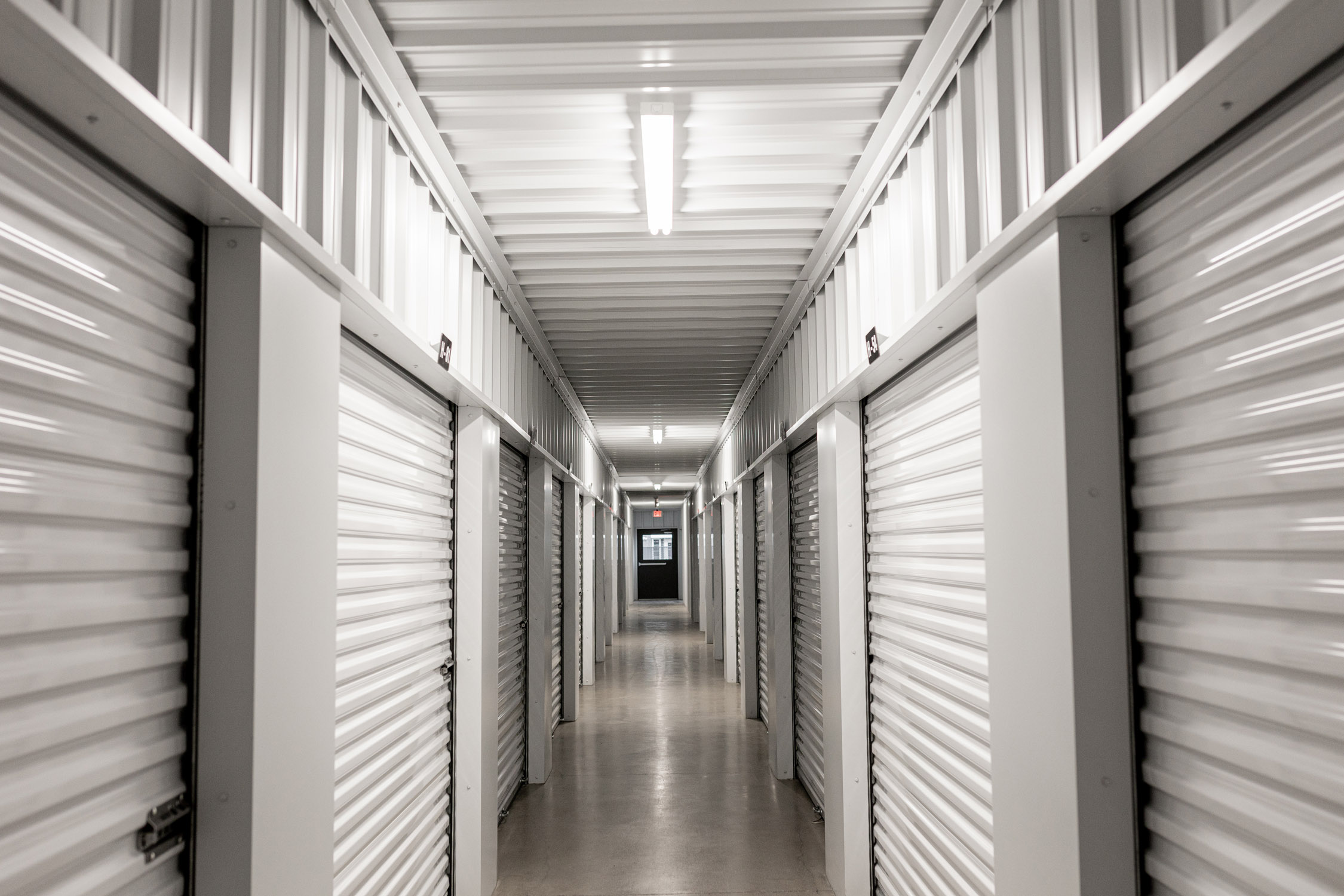Choosing the right storage unit size can feel like navigating a maze. You want enough space to fit everything without wasting money on extra room. Picking the wrong size can lead to frustration, extra costs, or even damaging your belongings. Whether you’re moving, decluttering, or storing supplies for your business, making an informed choice saves you time and stress. Here’s how to figure out exactly what size will work best for your needs.
Assessing Your Storage Needs
Understanding What You Need to Store
Start by making a list of what you plan to put in storage. Think about furniture, boxes, seasonal items, equipment, or anything else. Are some items fragile, like glassware or antique furniture? Will you store large or small things? Knowing this helps estimate space. If you’re unsure, group items into categories to see their approximate size and quantity.
Estimating Storage Volume
Next, get a sense of how much space these items will take up. Storage units are measured in cubic feet or meters. For example, a box of kitchen utensils might be 3 cubic feet. Many storage facilities offer online calculators or visual guides. These tools can help you match your list with an appropriate size.
Evaluating the Duration of Storage
How long you plan to keep items stored can impact your choice. Short-term storage during a move might need less space. Long-term storage, like keeping seasonal decorations over winter, may require more room. Also, if you expect your needs to change, consider flexible options.
Consulting Professional or Expert Advice
Don’t hesitate to ask storage facility staff for advice. They see many situations and can recommend a good size. For bigger moves or complex needs, consider hiring a professional organizer or moving expert to assess what you need.
Common Storage Unit Sizes and Their Uses
Small Units (5×5, 5×10)
Small units are perfect for a few boxes, small furniture, or seasonal decorations. For example, storing holiday decorations during the off-season fits here. It’s also handy for small business inventory, like tools or supplies.
Medium Units (10×10, 10×15)
These are suitable for an apartment’s furniture, appliances, or a handful of boxes. Families downsizing often choose this size to store belongings until they find a new place. If you’re clearing space but still want access, these work well.
Large Units (10×20, 10×30)
Larger units can hold the furniture of a whole house, big appliances, or lots of inventory. Think of storing a family’s furniture during renovations or moving vehicles out of the garage. They’re also good for storing equipment or extensive collections.
Specialty or Custom Sizes
Sometimes, you might need a bigger or oddly shaped unit. Climate-controlled or highly secure options are available for sensitive or valuable items. If you have unusual storage needs, ask about custom sizes or features.
Factors That Influence Storage Size Choice
Type and Quantity of Items
Durability matters. Durable furniture can be stacked tightly, but fragile items need padding and space. Organizing your items well can make smaller units work, saving you money.
Accessibility and Frequency of Access
How often you visit matters. If you need regular access, a larger or more convenient unit might be better. For rarely accessed items, a smaller, less accessible space could cut costs.
Budget Considerations
Cost is always key. Larger units cost more but hold more. Try to find a balance—get enough space without overspending. Sharing a unit with a friend or business partner can cut costs too.
Future Storage Needs
Your needs might grow or shrink. If you expect to add or remove items later, look for flexible options. Some warehouses allow easy size changes, which can save you from overpaying now or needing a bigger space later.
How to Select the Right Storage Unit Size: Actionable Tips
- Start with a detailed list. Write down all your items, including sizes and quantities.
- Use online tools. Storage size guides and calculators can help match your list with the right unit.
- Visit facilities. Seeing units in person allows you to gauge space accurately.
- Ask for advice. Talk to facility staff—they often have years of experience.
- Be practical. If your items are well-organized, you can opt for a slightly smaller unit.
- Plan ahead. Think about future needs and choose a size that allows for growth or downsizing.
Conclusion
Picking the right storage unit size depends on knowing what you want to store and how much space each item needs. Think about your short or long-term plans, budget, and how often you’ll need access. Use practical tools, seek expert advice, and visit storage facilities to make the best choice. It’s better to have a little extra space than to cram everything into a tiny unit. Making a smart decision now saves money and makes your storage experience much easier. Be ready, plan ahead, and pick the perfect size for your needs. Your items will thank you!


